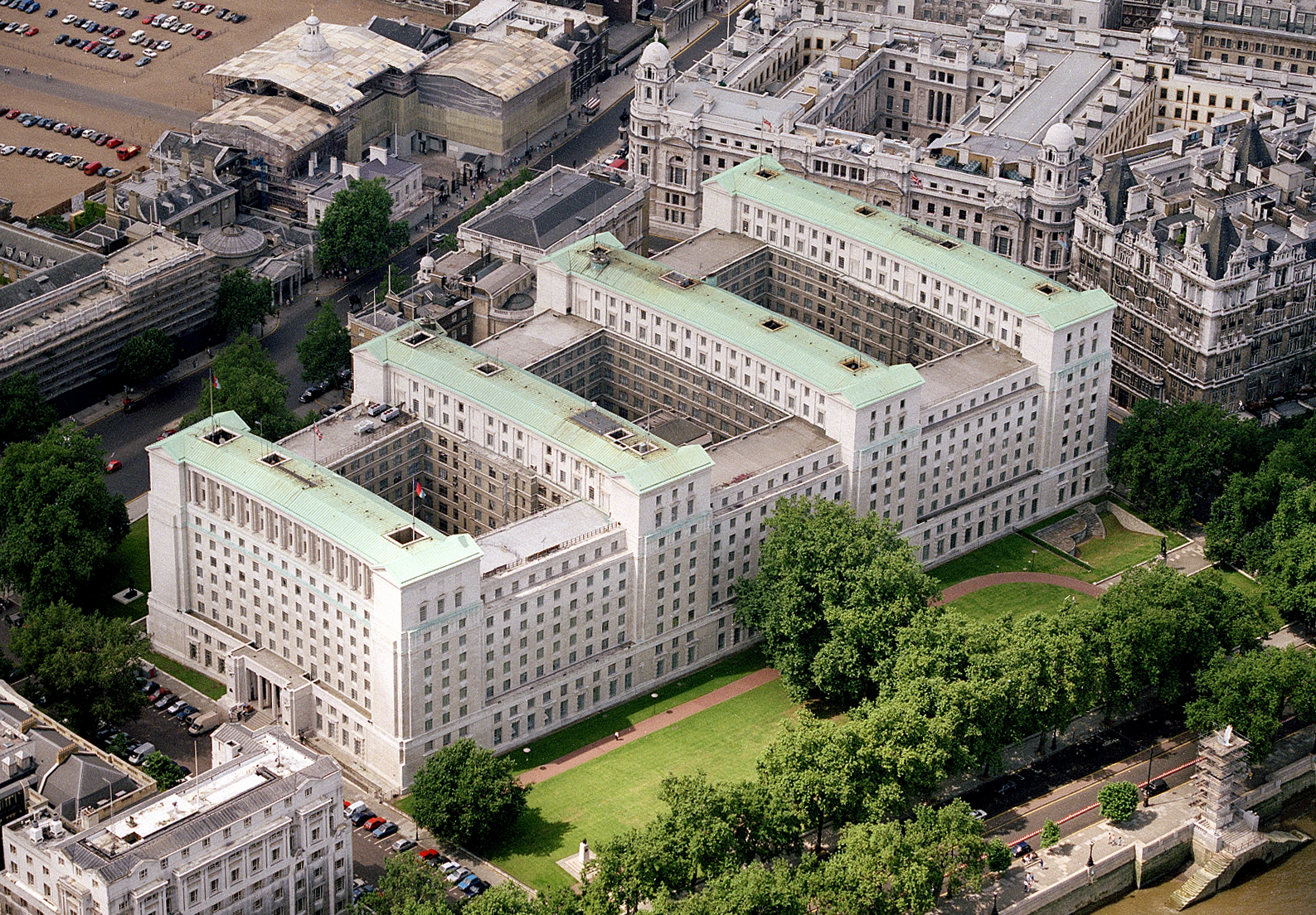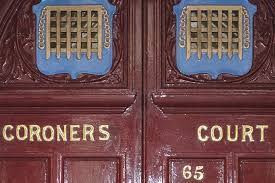Cabinet Office-based facility signs £800k deal with mobile network operator
Credit: Pexels/Pixabay
Government’s new centralised emergency-response facility has signed a six-figure deal to tap into mobile network data that will provide “insights on movement, demography, mobility patterns and behaviours of millions of people” across the UK.
The Cabinet Office-based National Situation Centre has awarded a six-month deal to Telefónica for access to the company’s O2 Motion Data and Insights service, according to newly published commercial information.
The service is a “big-data solution” based on location data and other information collected from citizens connected to O2’s mobile network – which it claims encompasses around a third of the UK population.
Data provided to customers includes anonymised real-time information on population movement, and insights into usage of various modes of transport. The service also offers details on “building and street scale profile” and “air-quality exposure analysis”.
In its listing on the government’s Digital Marketplace platform, O2 says the service provides public bodies with “an unrivalled evidence base for smart-cities, transport, environment, economic, housing and planning at all scales, helping make investment decisions, evaluating the impact over time”.
Related content
- Transport body to harvest smartphone data to understand citizens’ road journeys
- Will the UK government use phone tracking to fight pandemic?
- Phone-tracking data could be used to gather census statistics, ONS says
During the coronavirus crisis, the Department of Health and Social Care signed a series of deals cumulatively worth almost £4m to use mobile network data to support the NHS Test and Trace scheme and wider pandemic response.
The contract with the Cabinet Office, which came into effect on 14 September and is worth, £803,500, says that the department requires “O2 to confirm that the data handed over is fully anonymised – e.g. could not be reverse engineered, and/or the API has been adequately security tested and vulnerabilities fixed”.
The section of the document dedicated to data-protection adds that: “The O2 Data & Insights service does not receive personal data and therefore does not store or process personal data.”
The National Situation Centre – known as SitCen – was created last year to help government anticipate and track crises and support response to events such including future public-health emergencies, as well as terrorist incidents and other national-security issues.
The £9m facility, which takes inspiration from the White House situation room, is understood to be kitted out with large screens providing officials with information from various data feeds, as well as interactive dashboards and heat map-style visual representations. It is based next to Cabinet Office Briefing Room A – known as Cobra – at the department’s headquarters at 70 Whitehall.
The centre’s website says: “The SitCen brings together a unique set of skilled people, capabilities and experience, operating 24/7 and extended hours to support horizon scanning and crisis-response across the full range of national risks, from civil emergencies to national security issues. We work at the sharpest end of the government’s crisis response, supporting our leaders’ in decision-making.”
It adds: New technology and analytical techniques are vital to our work. We have joined forces with partners across and beyond government to innovate and experiment. Bringing together the best minds, the latest technology and a spirit of collaboration, the SitCen helps to bring the absolute best of government to the toughest challenges that our nation faces.”



